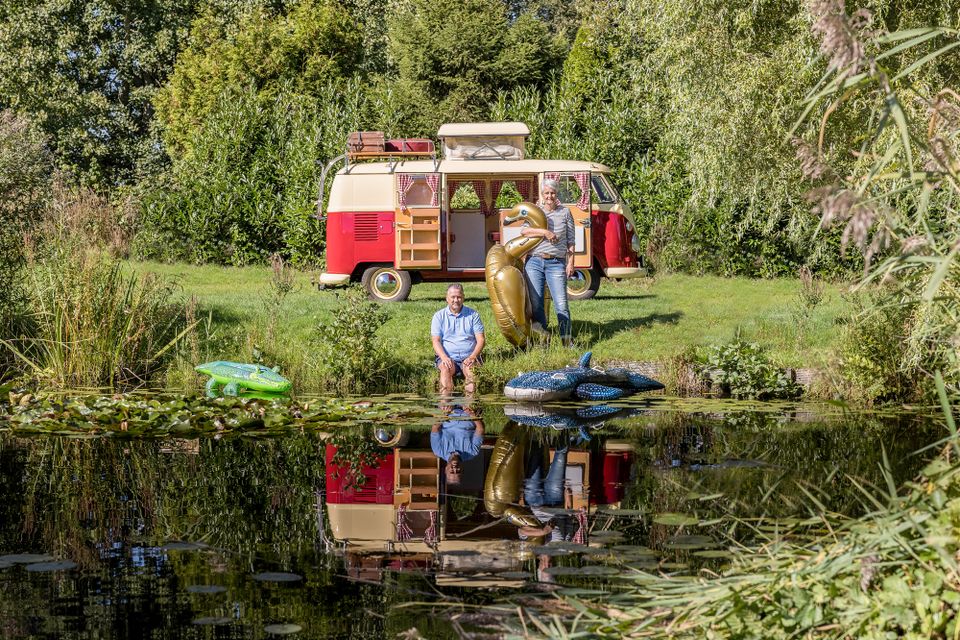All activities in Northeast Friesland
433 to 456 of 850 results
-
Siblu Villages Lauwersoog
Siblu Villages Lauwersoog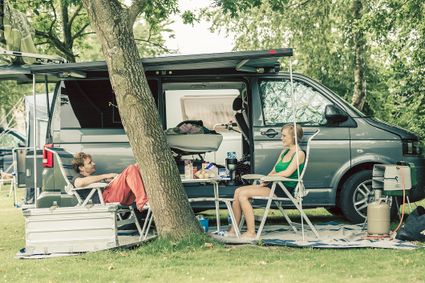 Lauwersoog
Lauwersoog -
Bartlehiem (Bartlehiem)
Bartlehiem (Bartlehiem)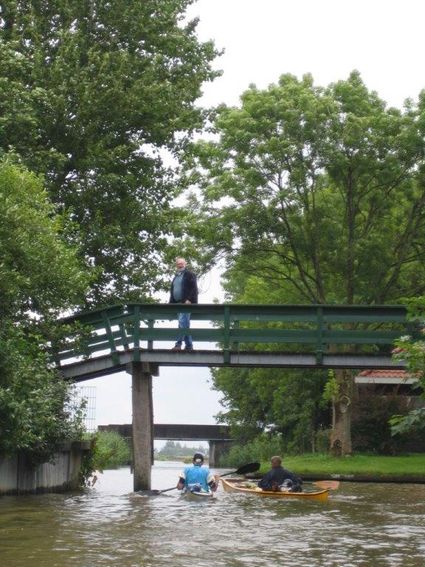 Bartlehiem
Bartlehiem -
Molen De Mûnts
Molen De Mûnts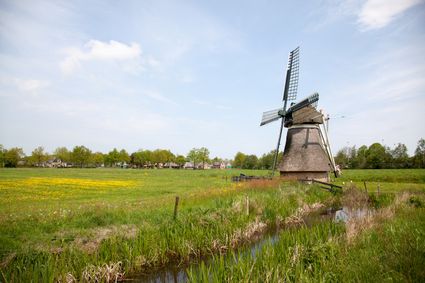 Buitenpost
Buitenpost -
Wadloper
Wadloper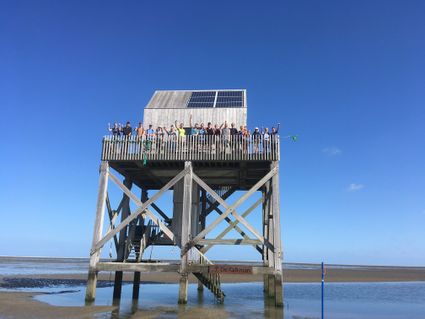 Lauwersoog
Lauwersoog -
Alde Feanen - Ierdige Mar - Vogelkijkhut
Alde Feanen - Ierdige Mar - Vogelkijkhut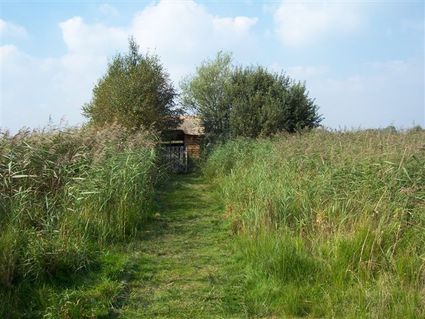 Earnewâld
Earnewâld -
Het Lage Noorden
Het Lage Noorden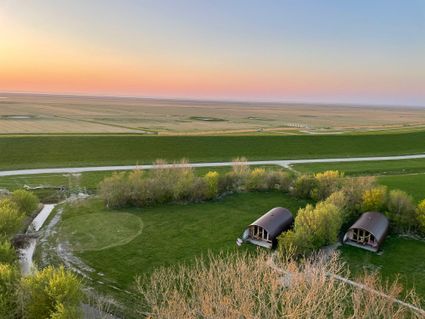 Marrum
Marrum -
The liberation of Friesland
The liberation of Friesland
By 18 April, the whole province of Friesland had been liberated, except for the Wadden Islands. Compared to other provinces, there was little fighting in Friesland. Overall, the few thousand German troops who had been unable to escape from Friesland were defeated by the Canadians relatively quickly.
The commander of the Royal Canadian Dragoons, Lieutenant Colonel Landell, praised the actions of the resistance by stating that "Friesland liberated herself". While that may be a bit of an exaggeration, the actions of the Frisian resistance undoubtedly accelerated the liberation. And reduced the number of casualties on the Allied side.
At least 31 resistance fighters lost their lives in confrontations with German troops and their Dutch accomplices. At least eleven Canadians and one Frenchman were killed on the Allied side. Dozens of civilian victims were also killed in the fighting and shelling. The number of casualties on the German side is not known, but it is believed that the number ran into hundreds. With 320 destroyed and 4000 damaged homes and 80 destroyed bridges, Friesland was materially the least damaged province of the Netherlands.
Many German soldiers fled towards the western part of the country. The retreating German troops gathered mostly in Harlingen, Makkum and Lemmer. From there, they tried to get away by boat across the IJsselmeer or via the Afsluitdijk to North Holland. The Wadden Islands also became a refuge for collaborators and German soldiers. Here, liberation was longer in coming.
On the island of Terschelling, the last German troops were disarmed by a British artillery regiment on 29 May. Two days later, the British crossed from Terschelling to Vlieland, and the liberation of that island was also a fact. Ameland was liberated on 3 June.
Personnel from the infamous Scholtenhuis, the SD headquarters in Groningen, had entrenched themselves on Schiermonnikoog. After their departure on 31 May, there was a celebration on the island, in spite of the six hundred members of the occupying troops who still were there. Only on 11 June did the last German soldiers leave Schiermonnikoog, and then the whole province of Friesland was free.
Most Canadian units that had liberated Friesland continued the battle in Groningen and North Germany after 18 April. Their war ended on 8 May 1945, when the surrender of all German armed forces became effective.
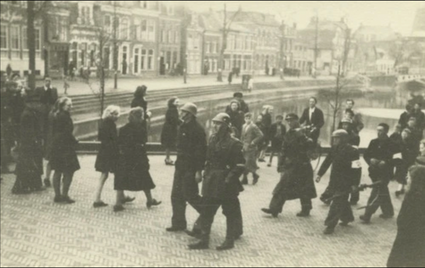 Eanjum
Eanjum -
Bezoekerscentrum Aerden Plaats
Bezoekerscentrum Aerden Plaats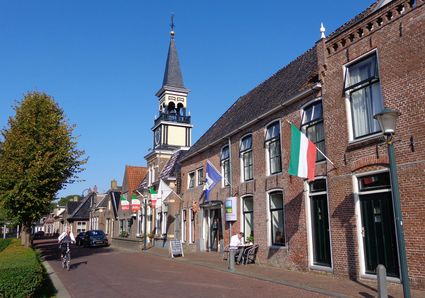 Oudebildtzijl
Oudebildtzijl -
't Heechsân
't Heechsân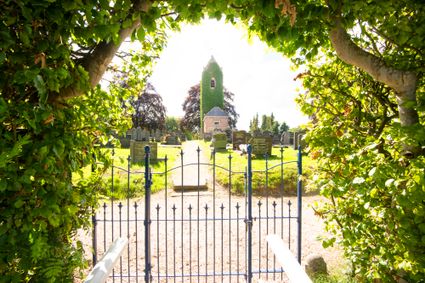 Eastermar
Eastermar -
Jachthaven Lunegat
Jachthaven Lunegat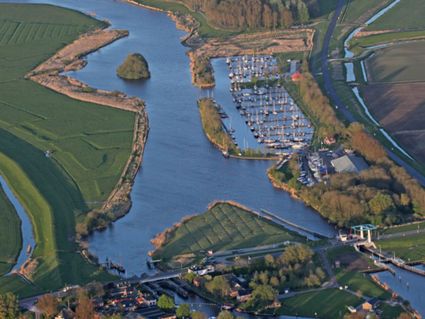 Kollum
Kollum -
Hervormde Kerk Morra
Hervormde Kerk Morra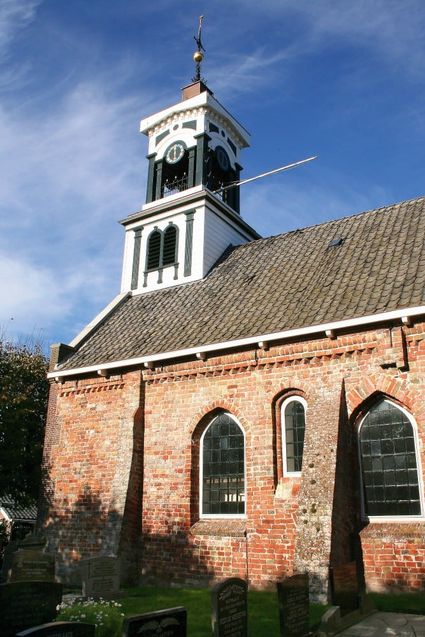 Morra
Morra -
Beeld schaatsers 'Marathonriders'
Beeld schaatsers 'Marathonriders' Earnewâld
Earnewâld -
Oudebildtdijk Dike
Oudebildtdijk Dike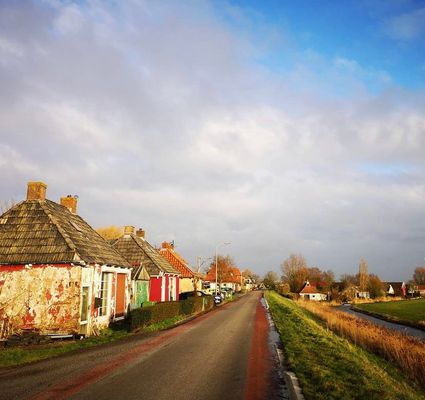 Oudebildtdijk
Oudebildtdijk -
Bakkerij van der Kloet brood&banket
Bakkerij van der Kloet brood&banket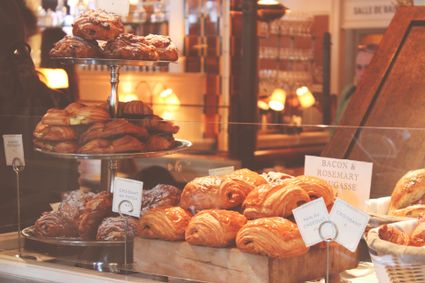 Ferwert
Ferwert -
Bennema State
Bennema State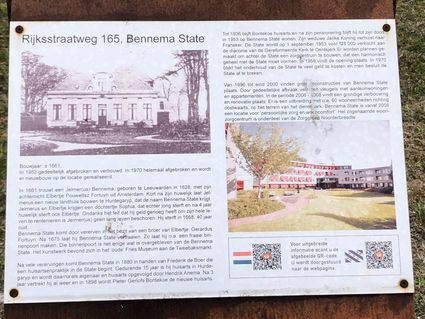 Hurdegaryp
Hurdegaryp -
B&B De Oude Wagenmakerij
B&B De Oude Wagenmakerij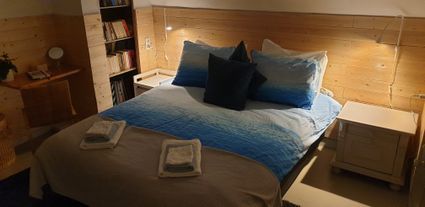 Holwerd
Holwerd -
Ús Wâldhúske
Ús Wâldhúske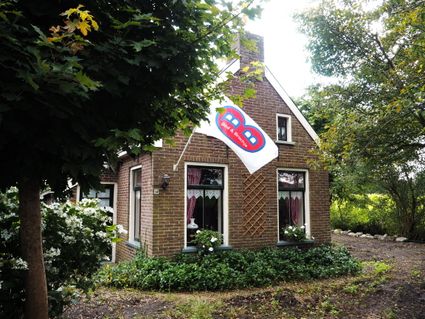 Burgum
Burgum -
Stiens
Stiens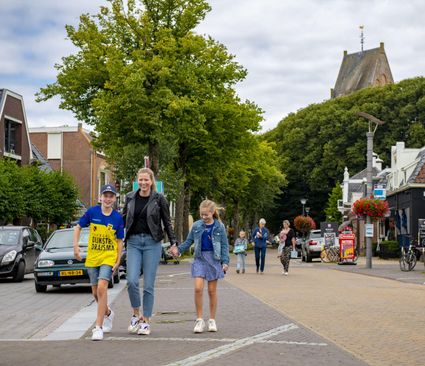 Stiens
Stiens -
Rustpunt aan de Ee
Rustpunt aan de Ee Sibrandahûs
Sibrandahûs -
Drogeham - De Hege Bulten II
Drogeham - De Hege Bulten II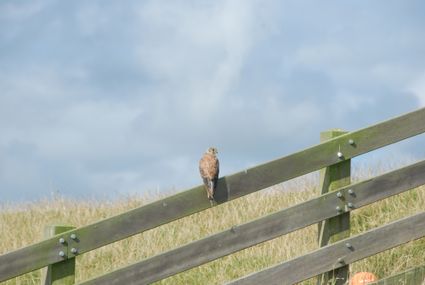 Drogeham
Drogeham -
Restaurant It Posthûs
Restaurant It Posthûs Burdaard
Burdaard -
Old Toll house
Old Toll house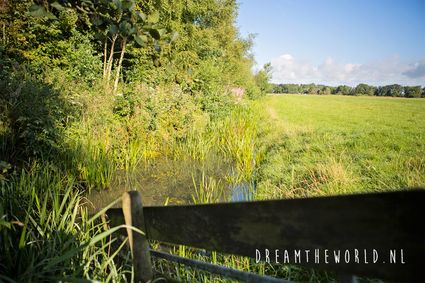 Driezum
Driezum -
Minicamping Blauforlaet
Minicamping Blauforlaet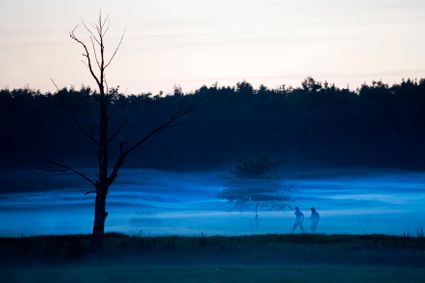 Augustinusga
Augustinusga -
Boerderij Groot Kahool
Boerderij Groot Kahool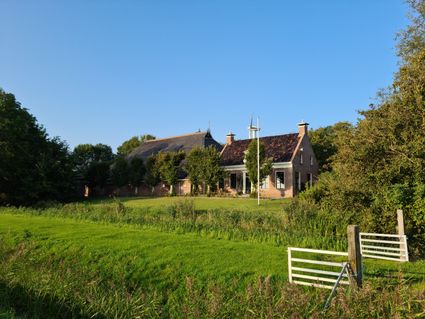 Ferwert
Ferwert
